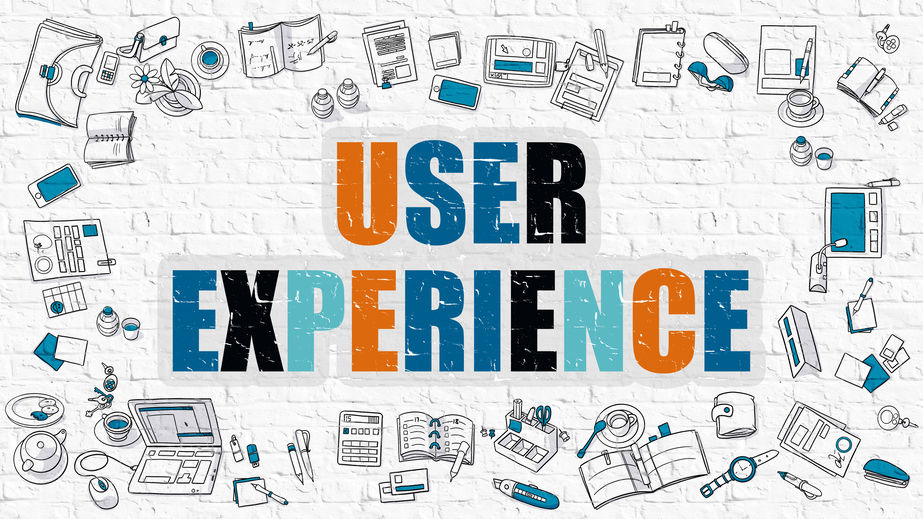Despite what you may have heard, the concept of search engine optimization (SEO) extends far beyond keywords and strategically placed links. While link building and keyword placement are important components of a good SEO strategy, Google has swayed more towards user behavior and user experience when determining which pages appear first in search results. In a nutshell, this means the energy you direct towards caring for your users (versus the search engines) will have a direct correlation to the effectiveness of your SEO strategy.
SEO and user experience are practically bound at the hip, particularly when it comes down to the roles they play in SERP placement. If you browse for a while, you’ll notice that characteristics of websites that tend to rank higher in the SERPs all typically incorporate your standard SEO practices as well as a thoughtful user experience.
How SEO and user experience connect
User experience is focused on what happens once a user lands on your website–from details like the design to content and navigation. In the past, marketers could get away with stuffing pages with keywords and leveraging backlinks to boost a site’s ranking to the top of the SERPs. Nowadays, web designers are placing less emphasis on these tactics and focusing instead on user interactions. While SEO targets search engines with the premise of guiding an individual to the content they’re looking for, user experience targets these visitors by answering their questions once they’ve landed. Both join forces to achieve the same mission–influence the most positive and optimal brand experience.
Google’s algorithm has recently evolved and is now judging sites based on users’ perceptions of that site’s experience. So, if Google predicts that users will have a relatively poor site experience, that site or its pages probably won’t rank as highly as it had before. Deemed “page experience,” these signals utilize core web vitals to measure real-world user experience for things like loading performance, interactivity, visual stability, mobile-friendliness, safe-browsing, and more. All in all, Google simply wants to present the sites that users love the most. So, if your site is lacking in one or more of these components, you may experience a drop in position on the SERPs.
Walk in the shoes of your user
To experience the true wonders of SEO, you’ll need to think like your prospects. If you concentrate your efforts on making your users happy, then your SEO will reap the benefits, as both hold similar goals. Understand how and why your users search for you. Then, you’ll be more equipped to optimize the pieces of your website to meet both of your needs. When a user visits your website, they should have no issues finding the answers to their questions, recognizing your brand, recalling the call-to-action, and noting your professional capabilities.
Things you can do to improve your user experience
If you’re worried about your site’s overall user experience and how it may be impacting your SEO, you can first start rectifying these concerns by conducting a site audit. Then, make those necessary design improvements. When reviewing your website, it’s important to pay special attention to things like mobile optimization, loading speed, site navigation, user-friendly layout, and headings.
Rentbot can help.
Your website is the very first connection users have with you. Their first impression dictates your reliability, authority, and professionalism, in their eyes. And, there’s no getting around it–user experience and SEO seem to be forever intertwined. This is why it’s so important to prioritize the user experience in web design, as your brand visibility, ranking, and overall trust depend on it.
If this still sounds like a daunting overhaul, we can help. Rentbot designs websites for your multifamily properties that attract, convert, and retain tenants. Because we create affordable and accessible website solutions specifically for the multifamily industry, including small to mid-size properties, we know what your users are looking for when they search for you. Our years of experience in multifamily web design allow us to provide you with all of the necessary elements that make for a great user experience (and it doesn’t hurt that we’ll also help get you found too), like mobile-friendly designs, built-in SEO packages, conversion-optimized layouts, real-time availability, online applications, and more. If you’re ready to make your SEO and user experience merge and boost your SEO in the process, schedule a call with a Rentbot pro today.
About the Author
Jonsette Calloway joined the Rentbot team in 2015. With a background in public relations, advertising, and copywriting, she has helped a multitude of clients achieve their marketing and communications goals within various fields, but she particularly enjoys working with the apartment industry.

